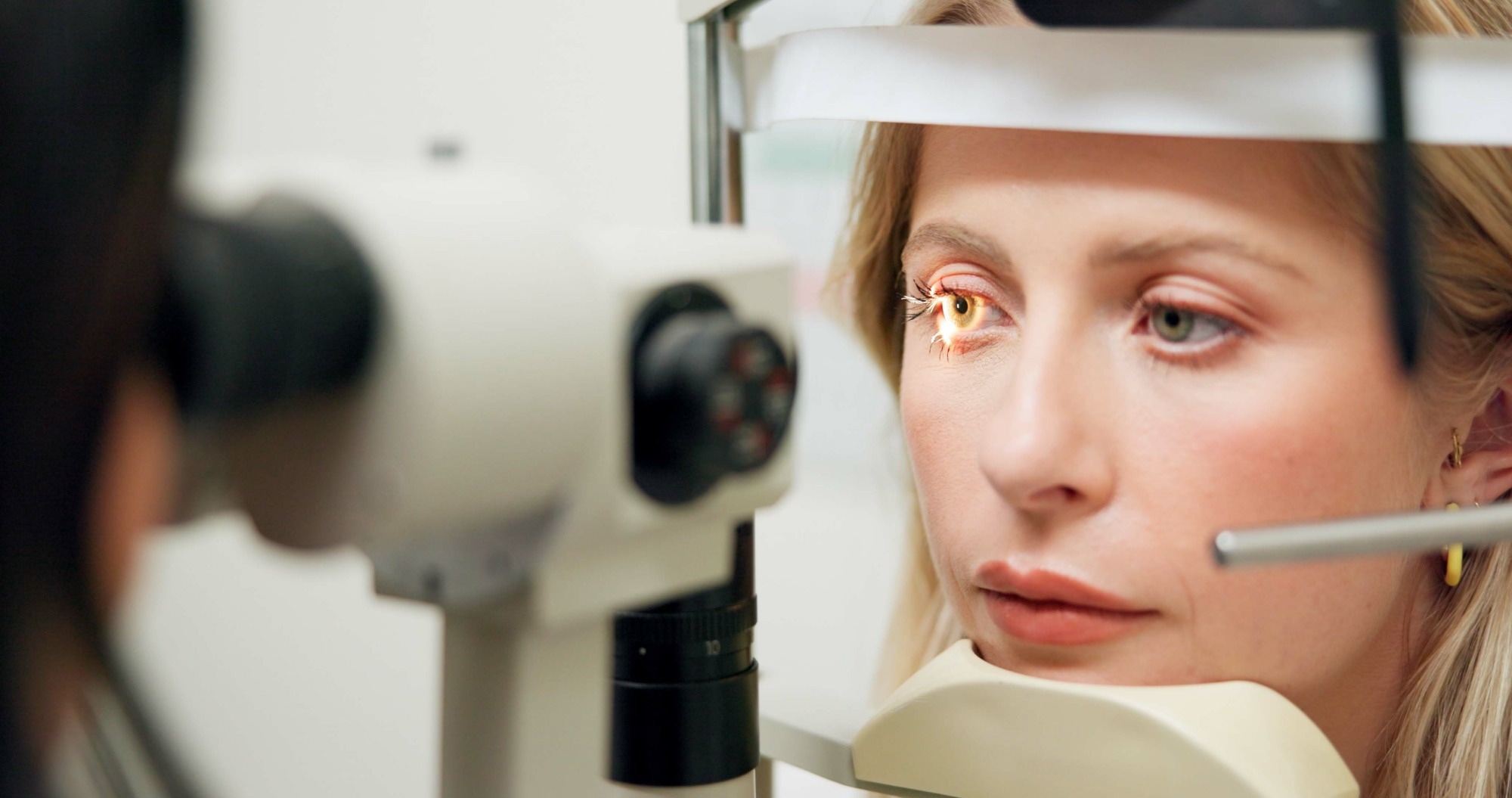Non-invasive eye exams could improve stroke prediction models by analyzing retinal density, complexity, and tortuosity.
 Study: Retinal vascular fingerprints predict incident stroke: findings from the UK Biobank cohort study. Image Credit: PeopleImages.com / Yuri a / Shutterstock.com
Study: Retinal vascular fingerprints predict incident stroke: findings from the UK Biobank cohort study. Image Credit: PeopleImages.com / Yuri a / Shutterstock.com
In a recent study published in Heart, researchers identify how specific features of the retinal vasculature may help predict an individual’s risk of stroke.
Importance of this topic
Every year, about 100 million people experience a stroke, 6.7 million of whom will die as a result of this event. About 90% of strokes arise due to hypertension, dyslipidemia, smoking, and an unhealthy diet, all of which are modifiable risk factors that respond to lifestyle changes and medication.
The brain vasculature has many features in common with the brain vessels. In fact, a fundoscopic examination of the retina thus reveals the health of the brain vascular bed.
Previously, the predictive potential of retinal vascular changes has been investigated. Within the retinal vessels, tortuosity, nicking of the arteriovenous junctions, microaneurysms, and the venous diameter may reflect the adverse effects of diabetes, high cholesterol levels, and hypertension.
Despite these observations, mixed results have been reported. Furthermore, current blood tests for stroke risk prediction are expensive, invasive, and not extremely accurate, thus emphasizing the need for better models to predict stroke risk.
About the study
Data for the current study were obtained from the United Kingdom Biobank’s fundus imaging database with retinal vascular measurements obtained from the Retina-based Microvascular Health Assessment System (RMHAS). Data from a total of 45,161 individuals who were followed up over 12.5 years were included in the analysis.
RMHAS uses an algorithm to analyze 118 measurements while separately evaluating arteries and veins within and outside the macular region. After adjusting for known risk factors, the data were analyzed to identify associations with new stroke.
Conventional risk profile
There were 749 new strokes in the cohort during the study period. Stroke was more common among older, male, and currently smoking participants, as well as those with a history of diabetes. The mean body mass index (BMI), blood pressure (BP), and high-density lipoprotein (HDL) cholesterol levels were higher among individuals who experienced a stroke.
Novel retinal factors associated with stroke risk
A total of 29 new retinal factors were associated with the risk of new stroke. Seventeen of these parameters were related to vascular density, whereas three, eight, and one were related to diameter, complexity, and tortuosity, respectively.
Increased stroke risk with reduced density
For each of the density parameters, a single standard deviation (SD) change was associated with an increased risk of stroke by about 10-20%. Decreased vascular density increased the risk of stroke, which may be due to hypoxia and reduced nutrient supply.
Reduced caliber and complexity increase risk
With the caliber parameters, each SD change increased the risk by 10-14%. Reduced diameter in relation to length increased the risk of stroke in affected patients.
Parameters related to vascular complexity included fractal dimension, branching and bifurcation point number, as well as the number of terminal and nonterminal points in arteries. A decrease in complexity by one SD was associated with an increased risk of stroke by 10-20%.
Of the 30 tortuosity indicators, a reduced arterial inflection count tortuosity by one SD increased the risk of stroke. Reduced complexity and tortuosity suggest poor endothelial function, reduced perfusion, inadequate collateral circulation, and an increased risk of hypoxia. In these situations, the brain is more easily damaged by stroke risk factors and microbleeds are more common.
Risk models
As compared to the use of only conventional risk factors, incorporating these retinal vascular parameters led to a significant increase in the predictive potential of the model at 75% as compared to 74%. If combined with only age and sex, the vascular model returned a performance comparable with traditional assessments while avoiding the need for invasive blood tests.
Since this non-invasive technique can be combined with age and sex, both of which are easily obtainable data, this model is a practical method that can be used to assess eye disease and new stroke risk in resource-poor settings and by primary care clinicians.
Conclusions
Retinal vascular analysis, a non-invasive screening approach for stroke risk assessment, performed better than traditional risk stratification models.”
The current study highlights the importance of density parameters as sensitive indicators of stroke risk and offers a novel application of this technology in high-risk individuals. Nevertheless, additional studies are needed to explore the role of the 29 retinal vascular factors in the pathophysiology of stroke to improve preventive strategies and potential therapies.
Journal reference:
- Yusufu, M., Friedman, D. S., Kang, M., et al. (2024). Retinal vascular fingerprints predict incident stroke: findings from the UK Biobank cohort study. Heart. doi:10.1136/heartjnl-2024-324705.